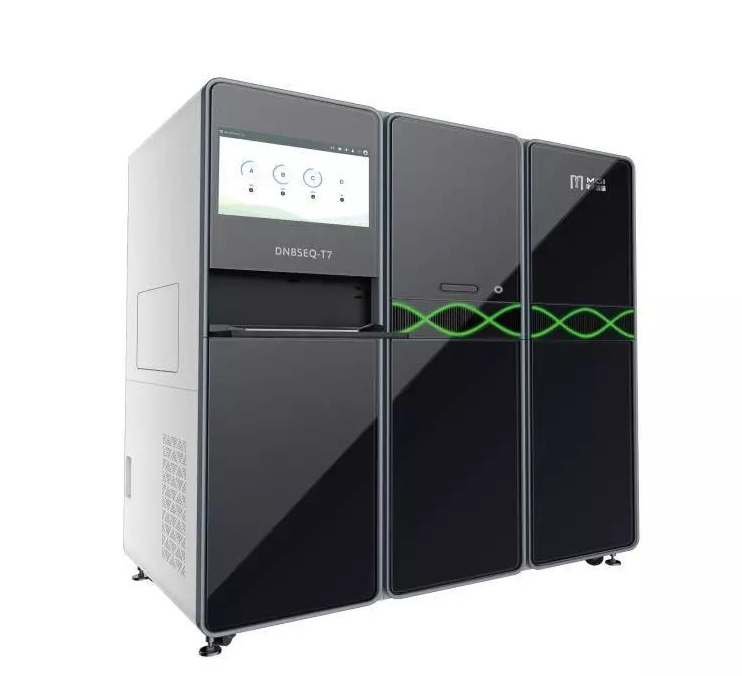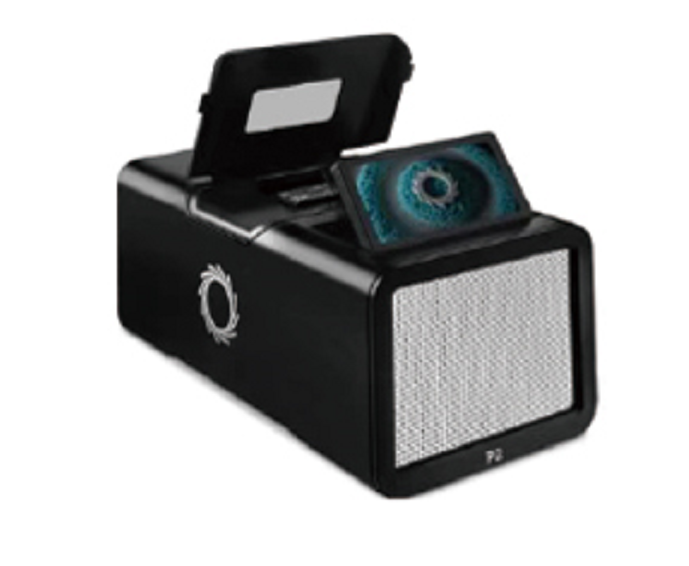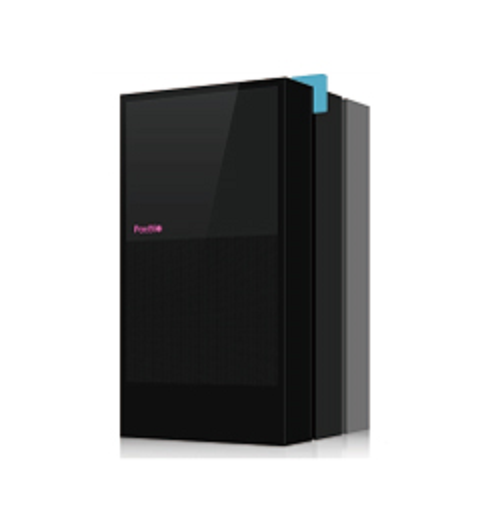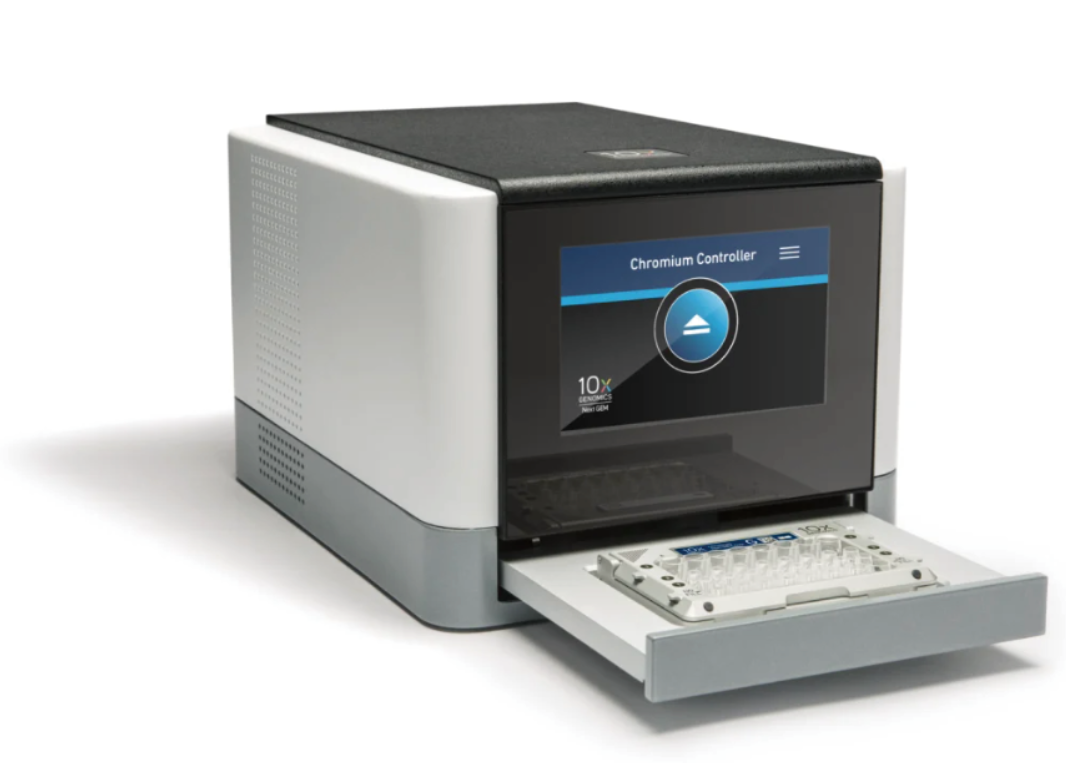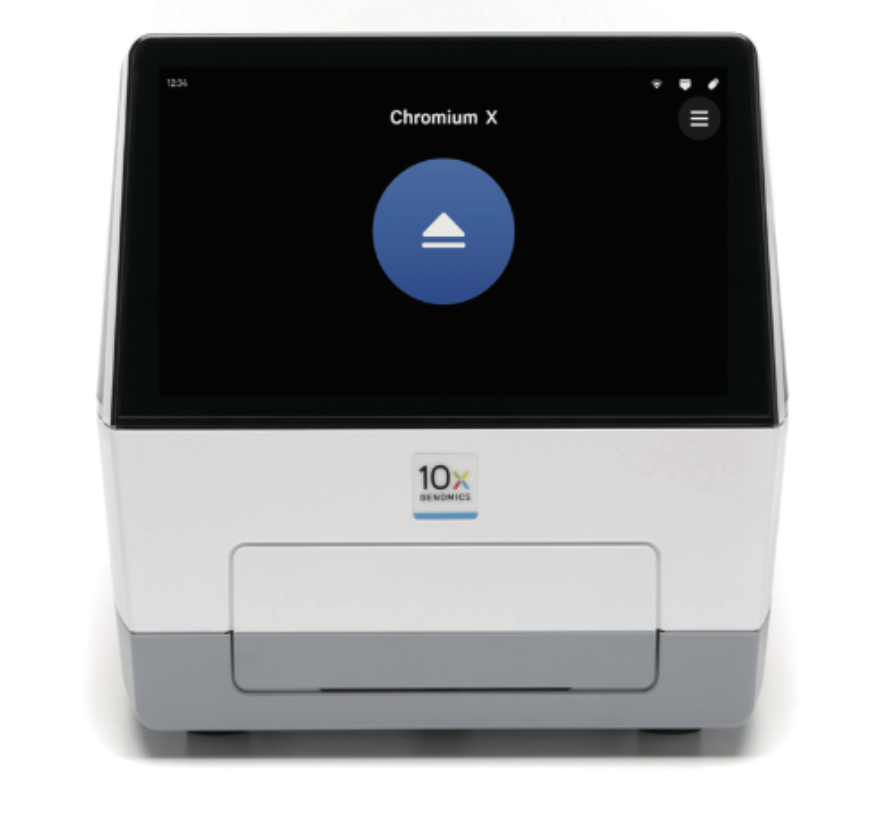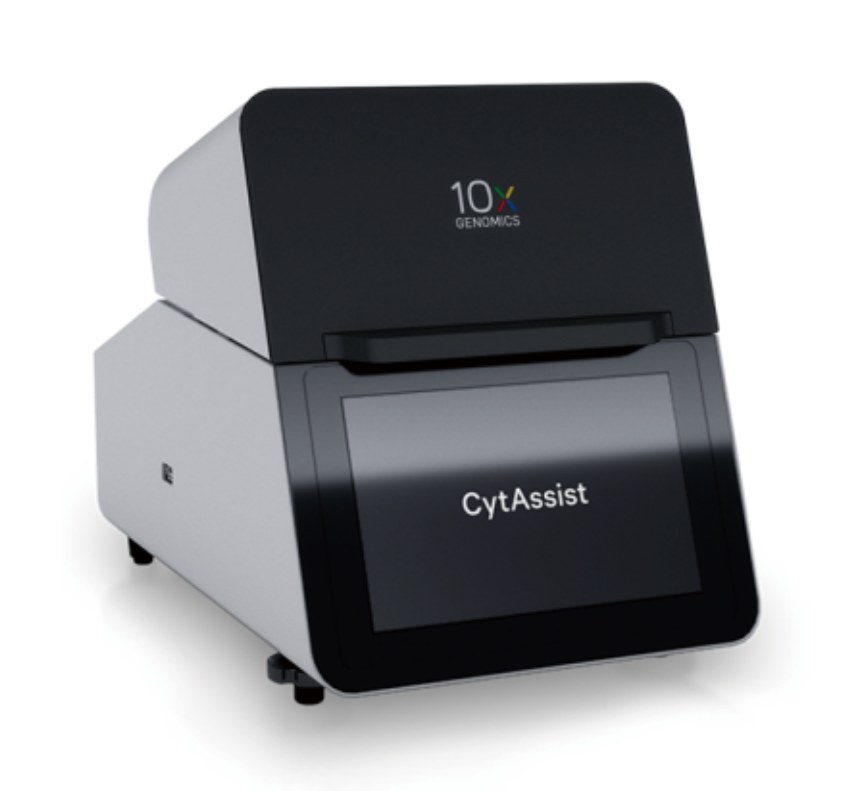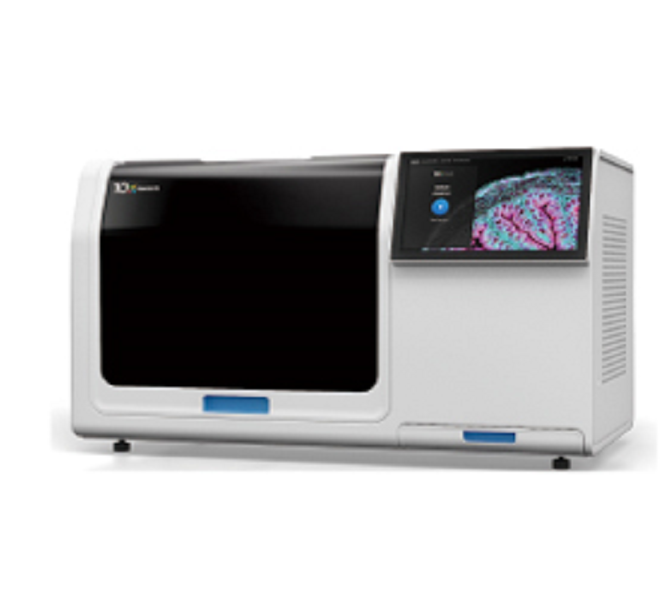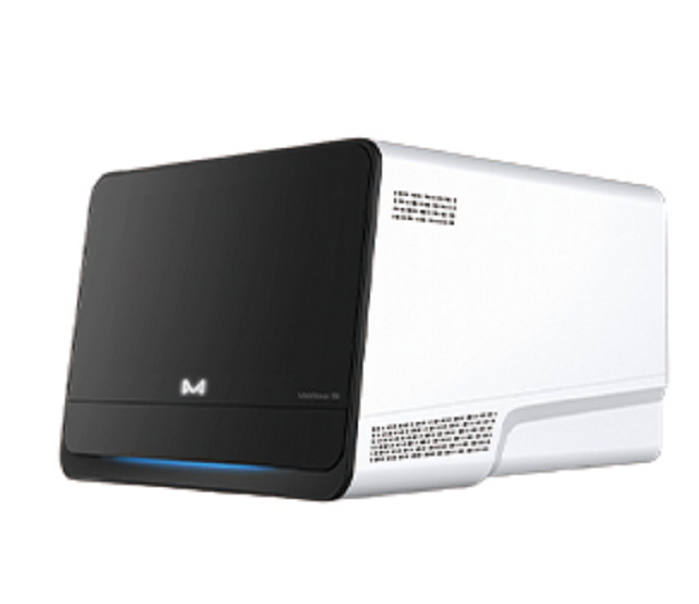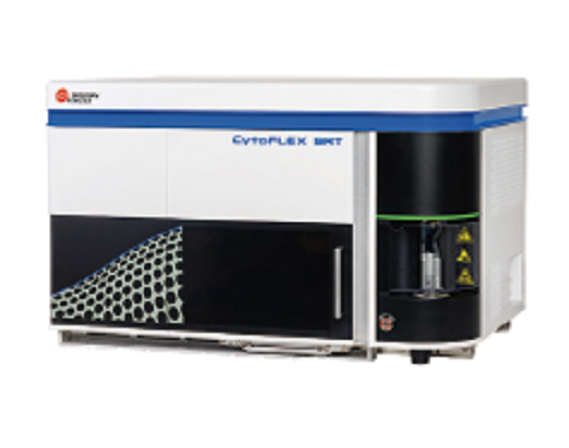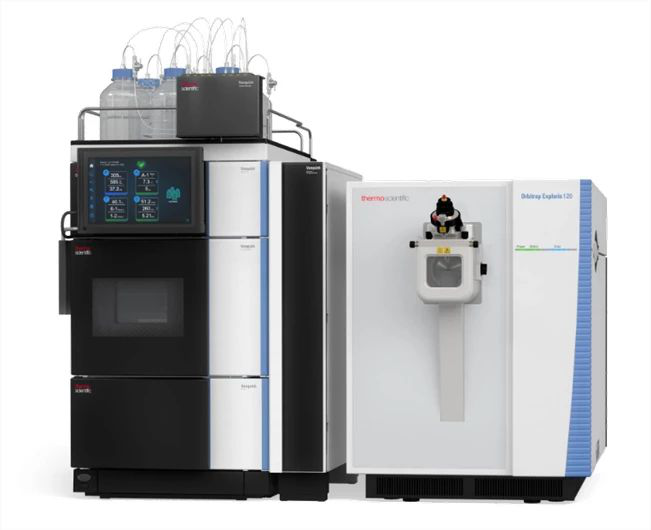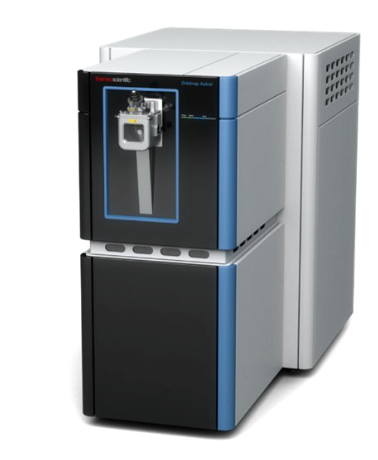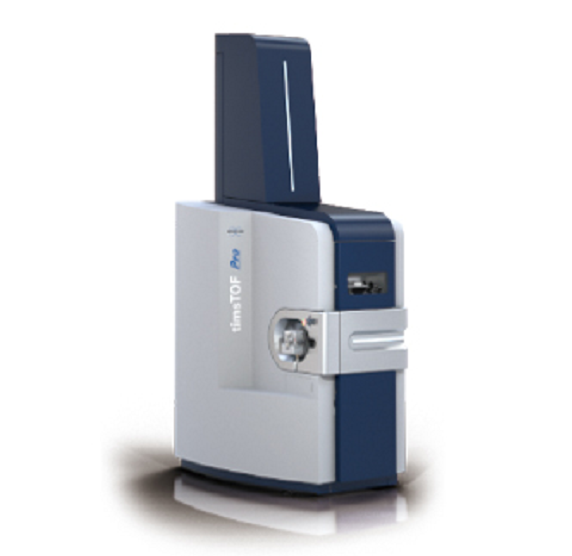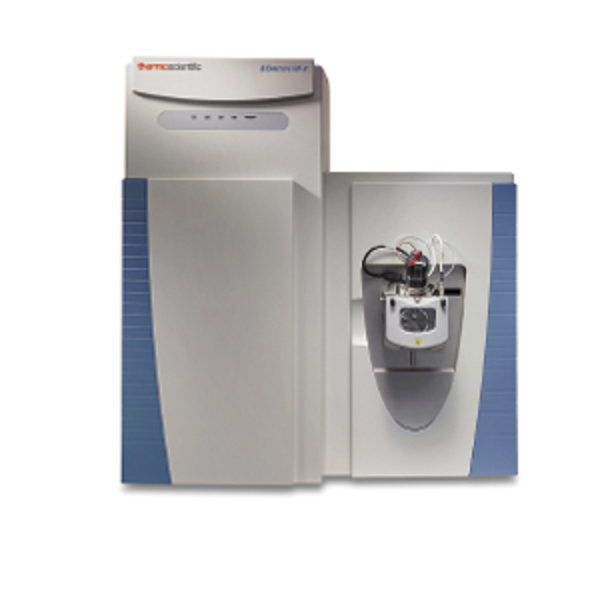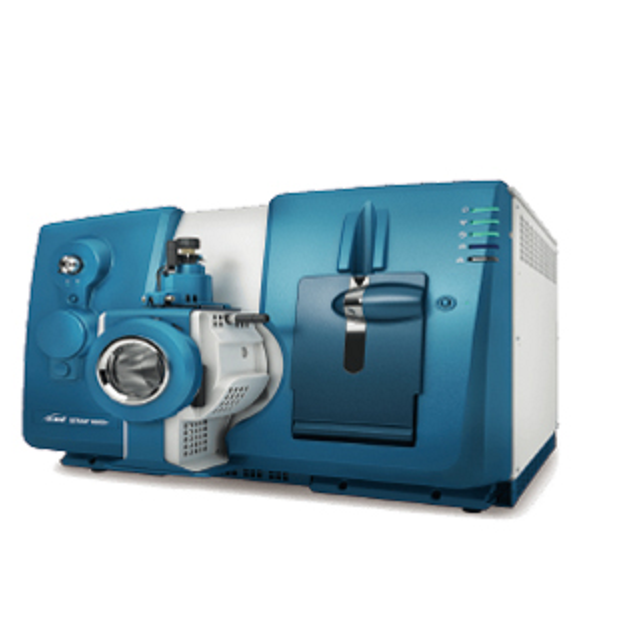Danxia Gu and colleagues). S1-pulsed field gel electrophoresis (PFGE) and southern blot results showed that these four strains carried two different types of plasmid—a virulence plasmid (280 kb or 230 kb) and a ����;blaKPC-2 encoding plasmid (54 kb or 78 k���b; ). To investigate the mechanism of tigecycline resistance in CR-HvKP strain KP267, the whole genome and plasmids were sequenced. Two complete plasmids (233?479 bp and 57?689 bp) were obtained: the larger plasmid (pVir-CR-HvKP267, accession numbe������r MG053312) was highly homologous with the virulence plasmid pLVPK (accession number AY378�����100; ), and the smaller plasmid (pKPC-CR-HvKP267, accessi�����on number MG053313) carried b������laKPC-2, which was consistent with the S1-PFGE and southern blot data (). In addition to blaKPC-2, pKPC-CR-HvKP267 also carried other antimicrobial resistance genes including tet(A) variant, blaLAP-2, qnrS1, aac(3)-IId, dfrA1, and sulI. To confirm that the antibiotic-resistant phenotype of KP267 was mediated����� by tet(A) variant, an EcoRI-digested DNA fragment of pKPC-CR-HvKP267 carrying tet(A) ������variant was cloned to a pBluescript vector, which conferred tigecycline resistance in host strain Escherichia coli DH5α, indicating that tet(A) variant mediates tigecycline resistance in KP267. The presence of the tet(A) variant in CR-HvKP further restricts the treatment options for this notorious pathogen.
TEXT LINK:



